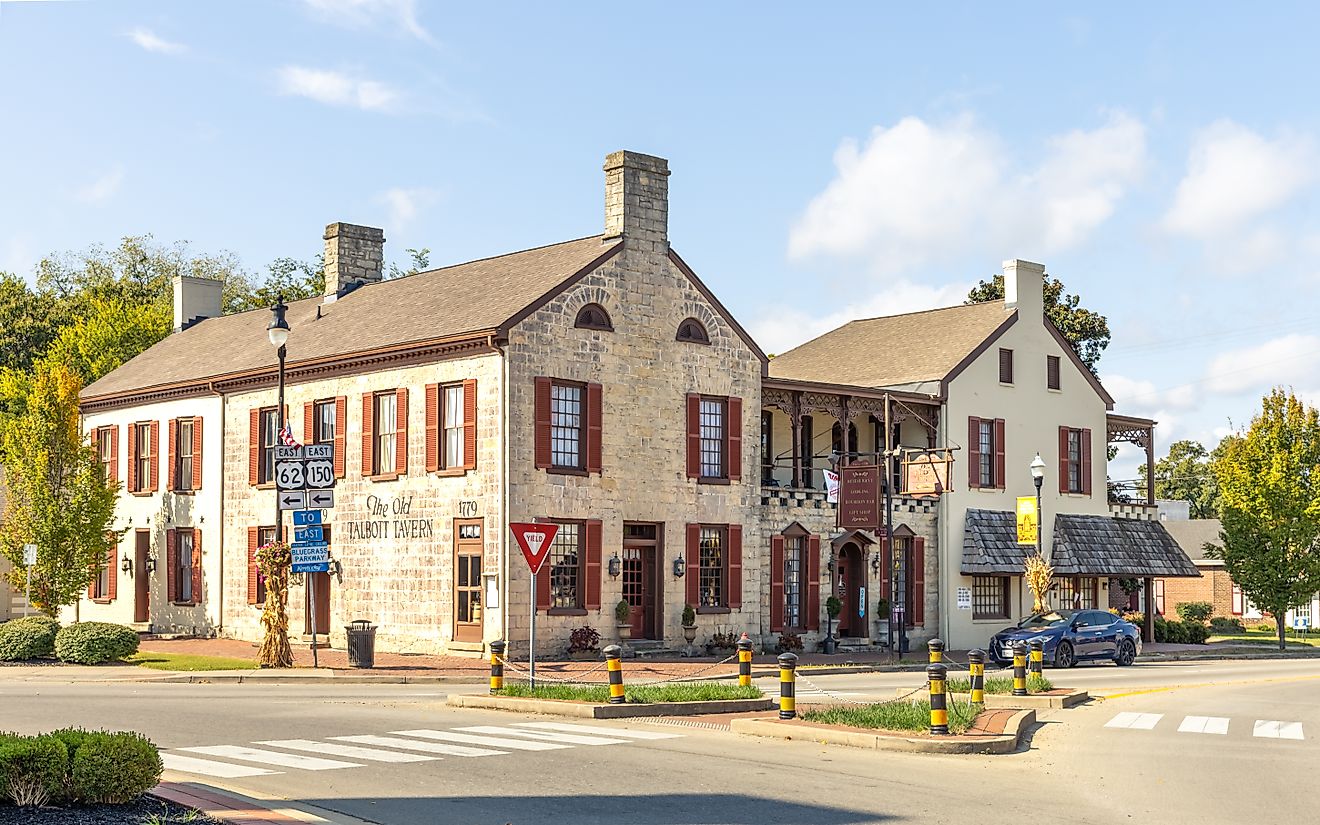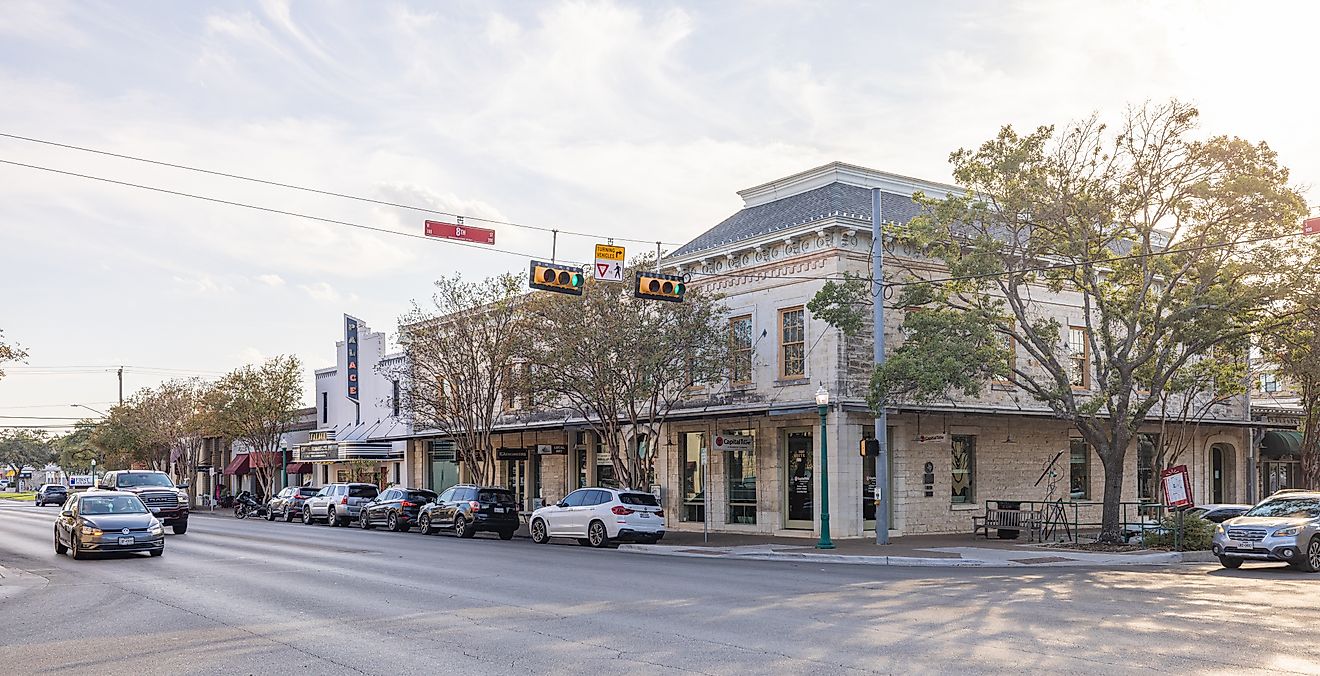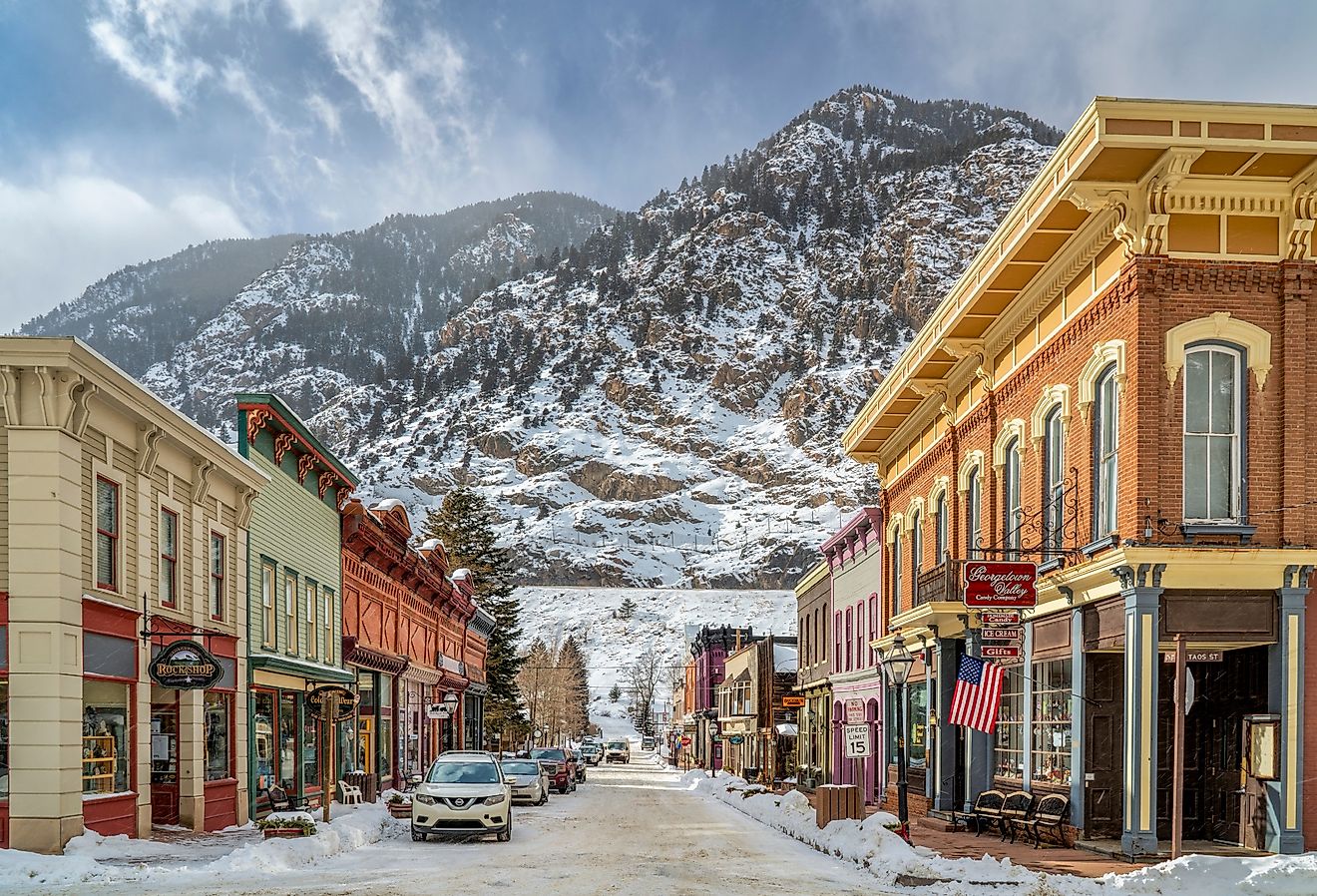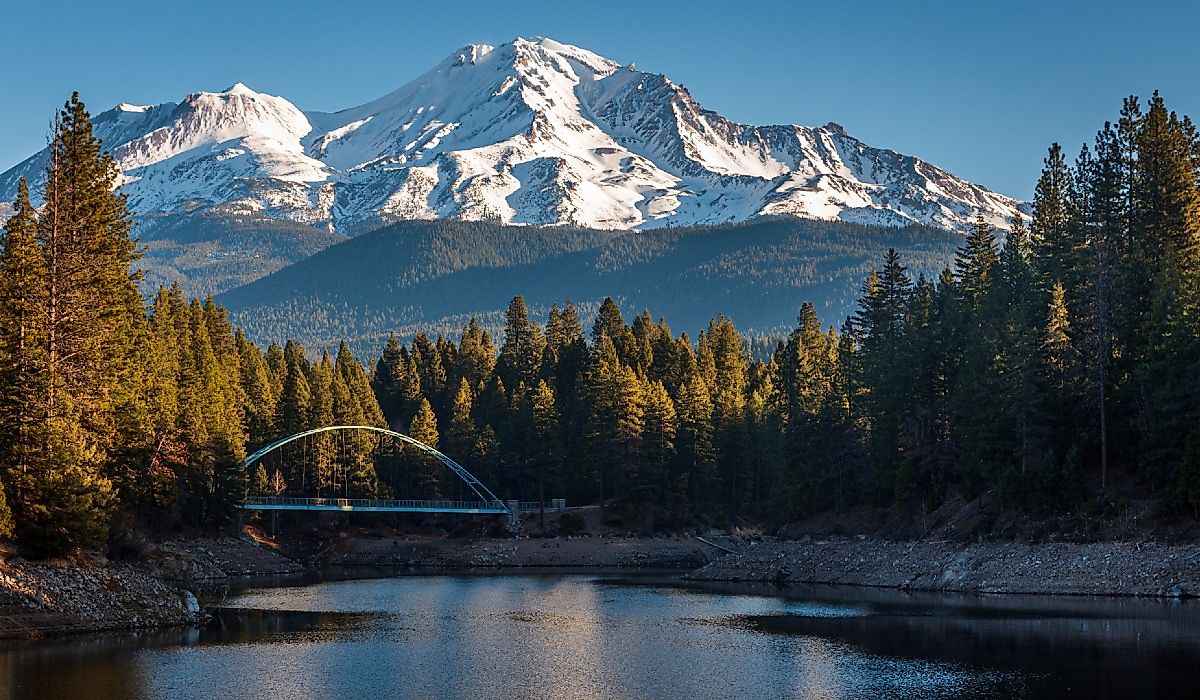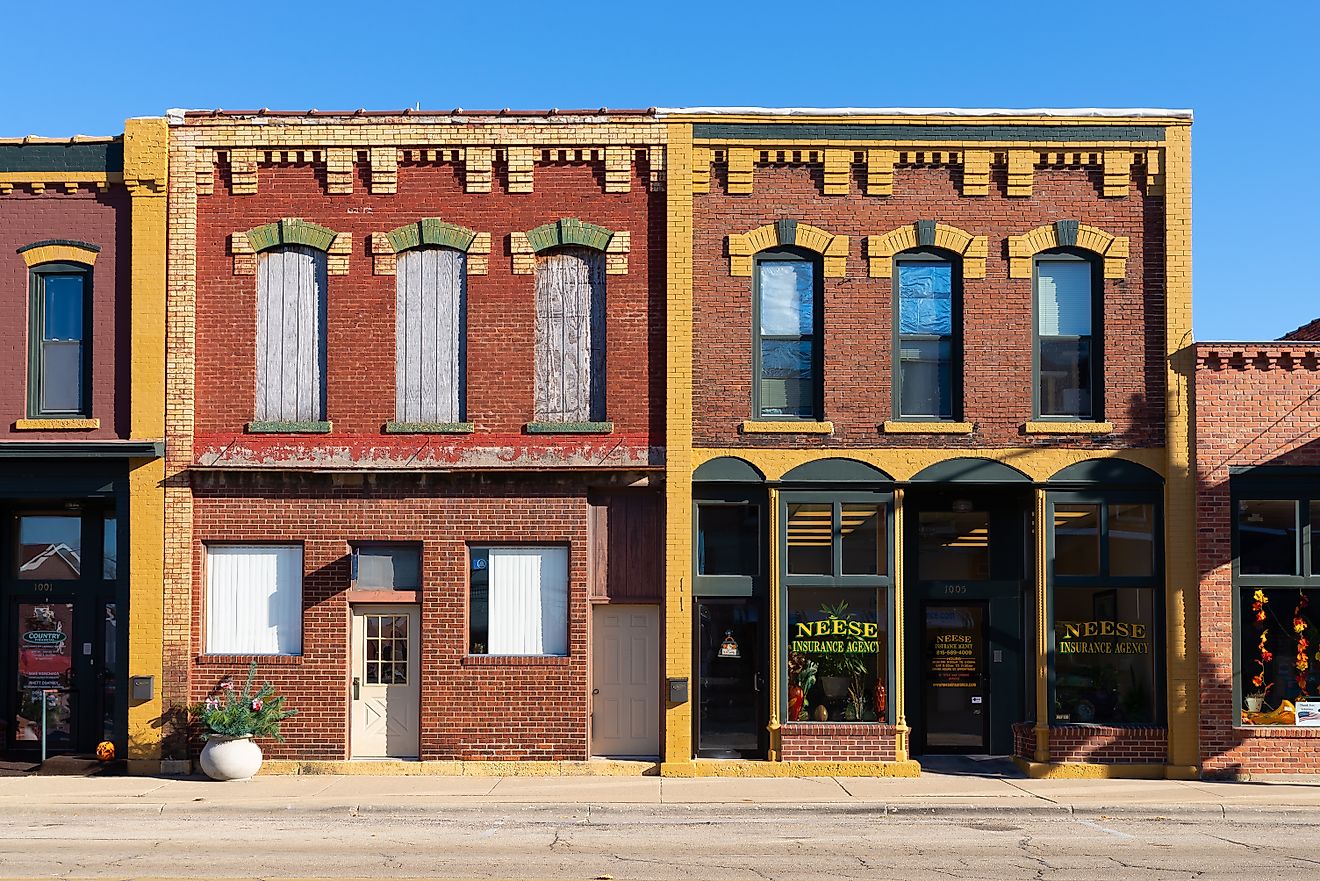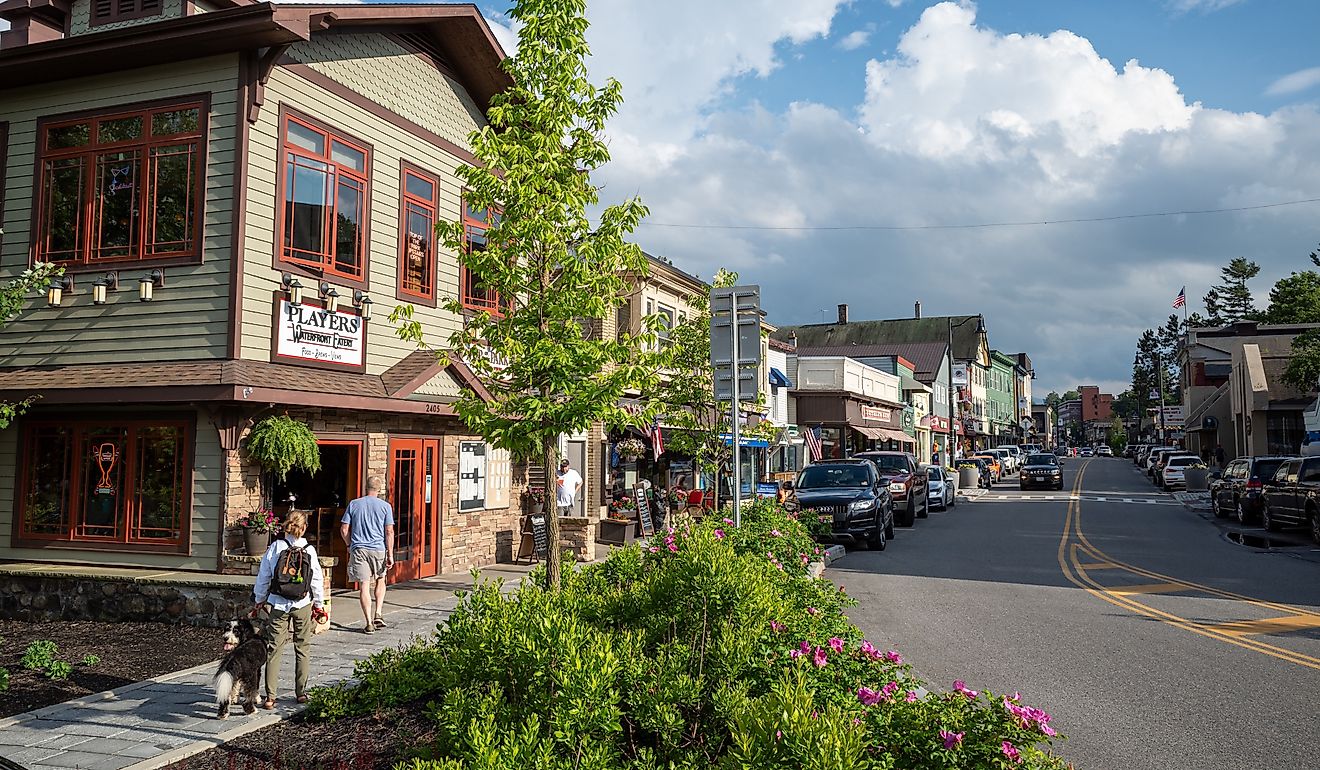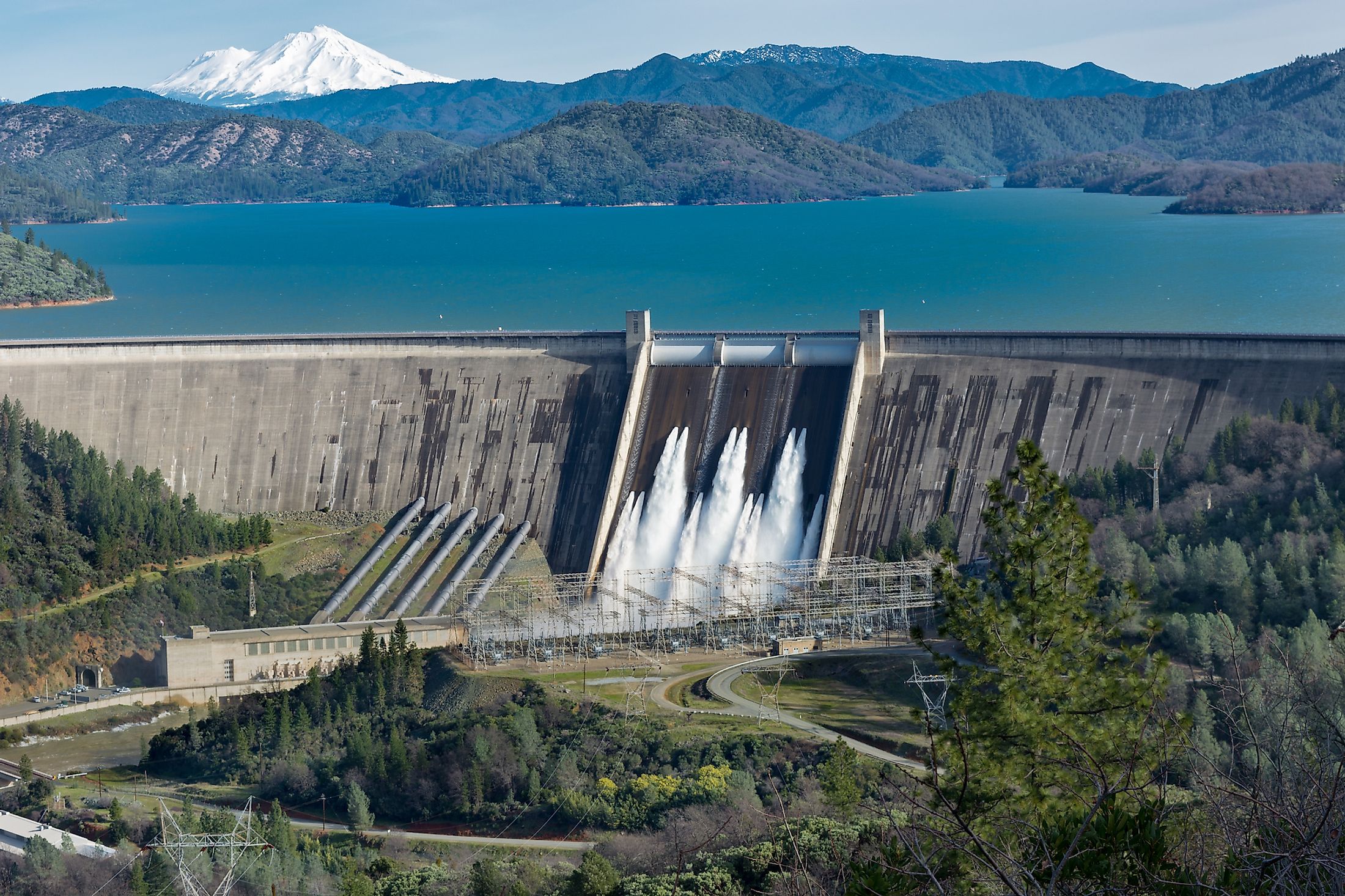
Shasta Dam, California
The Shasta Dam in northern California is a cornerstone of the Bureau of Reclamation's massive Central Valley Project, which covers 35 California counties and two main watersheds: the Sacramento River to the north and the San Joaquin River to the south. These watersheds stretch for about 500 miles, supplying the core of California's long, flat Central Valley, one of the world's most prolific and productive garden areas. More than 250 crop species are grown there, including the almonds, artichokes, avocados, and wine grapes that have made California renowned for more than just movie stars.
About The Dam
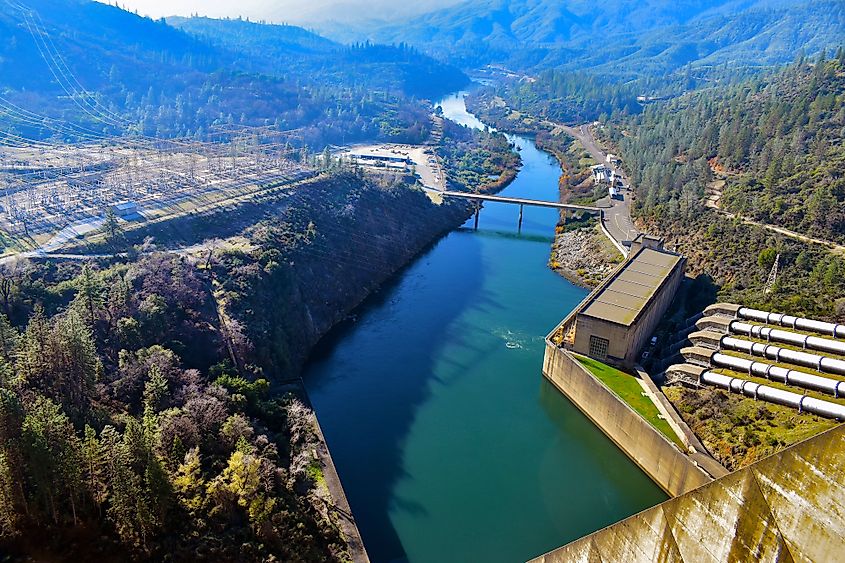
When it was constructed on the Sacramento River in 1945, Shasta Dam was surpassed only by the Hoover Dam and Grand Coulee Dam in terms of scale. It is spectacular not just for its massive size, but also for its gorgeous setting in the southern Cascades. The 602-foot-high, curving concrete gravity dam holds back Lake Shasta, a massive blue reservoirwith a 365-mile coastline situated among forested hills and the snow-covered volcanic summit of Mount Shasta.
Shasta not only reserves water for southern valley farms, but also protects them from floods and the incursion of ocean saltwater from San Francisco Bay. The dam also supplies water to communities and industry, as well as hydroelectricity. Shasta is only one of 20 dams and reservoirs on the Central Valley Project, but it has been a critical component from the start.
Construction And Design
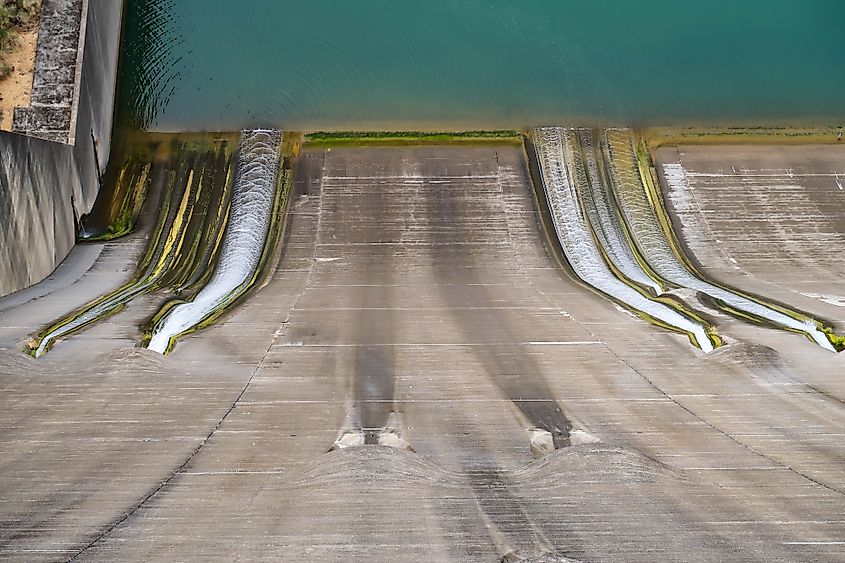
Pacific Constructors Incorporated began construction on the dam on August 21, 1938. As construction superintendent, Frank T. Crowe oversaw the enormous project. The focus for over two years was on clearing and digging the dam site in preparation for the vast amount of concrete that would be deposited. Millions of tons of rock were removed, exposing strong foundation bedrock. Concrete installation began on July 8, 1940, and lasted four and a half years, day and night.
A total of 12 million yards of aggregate were collected in downtown Redding from a place near the Sacramento River. A conveyor belt was used to transport all of the gravel to stockpiles near the dam site. The belt, made by the Goodyear Tire Company, was 9.6 miles long and the world's longest.
Concrete was poured into enormous forms that were 50 X 50 feet in size and 5 feet deep. 8-cubic yard steel buckets strung from a cableway system used to effectively carry massive volumes of concrete to waiting crews were utilized to distribute freshly mixed concrete to waiting blocks. As concrete was being poured into each of these blocks, cooling pipes were installed to aid in the curing process. To avoid the concrete from expanding too much during the first curing period, cold water was routed via these pipes, keeping the blocks cool. The water was replaced with grout to fill in the pipes after the first curing, and building on the next block above could begin. Today, thirteen hundred miles of these pipes remain in the dam.
The abutments, or dam sides, were built initially, then the large middle spillway finalized the dam construction. The spillway at Shasta Dam is not only beautiful to look at, but it also serves a crucial purpose. Its primary duty is to aid in the maintenance and management of lake levels for flood control, as well as to ensure water discharges with the possibility of bypassing the power plant if necessary.
Power generation became a key necessity for the war effort during WWII, and employees on the Shasta Dam realized how important the power plant would be in winning the war. Shasta Power Plant was operational in 1944, and the dam was built 22 months ahead of schedule, thanks to the devotion and hard labor of hundreds of workers.
At the time, Shasta was the world's second tallest concrete dam (after Hoover at 726.4 feet) and was equaled in size only by the massive Grand Coulee Dam, which was under construction on the Columbia River in Washington. Shasta Dam is 883 feet thick at its base, 30 feet thick at its peak, and weighs 15 million tons of concrete. Its spillway was the biggest man-made waterfall in the world at 487 feet long, however, it has since been surpassed by those at other dams, including the Three Gorges Dam in China and Itaipu Dam in Brazil.
Significant Developments
Shasta Dam, like other larger dams, has been criticized, particularly for its influence on the winter run of Chinook Salmon (Oncorhynchus tshawytscha), which is designated as endangered under the Endangered Species Act. To safeguard the salmon while minimizing the loss of power generation, a multi-faceted Temperature Control Device was constructed on the dam's face in 1997, ensuring the discharge of cold water for the benefit of the fish.
